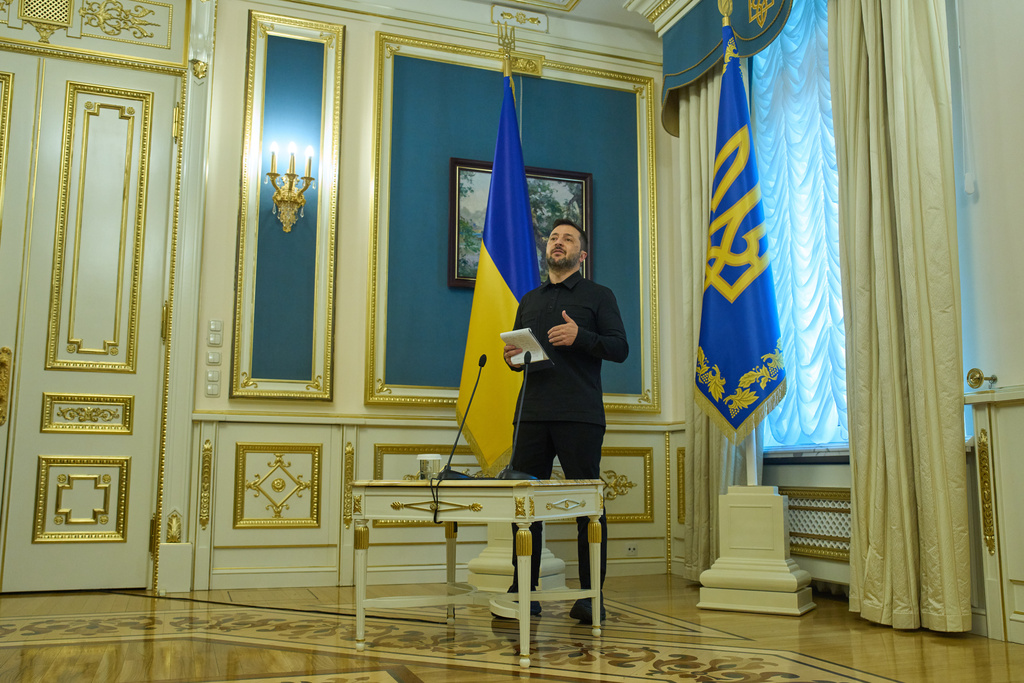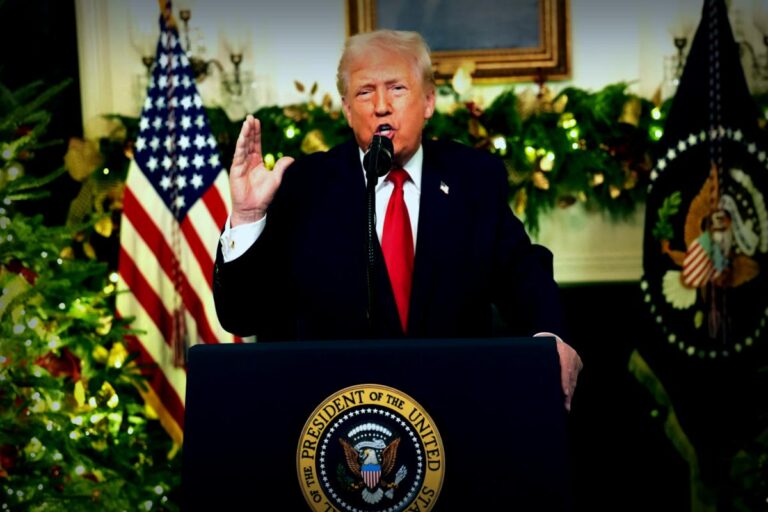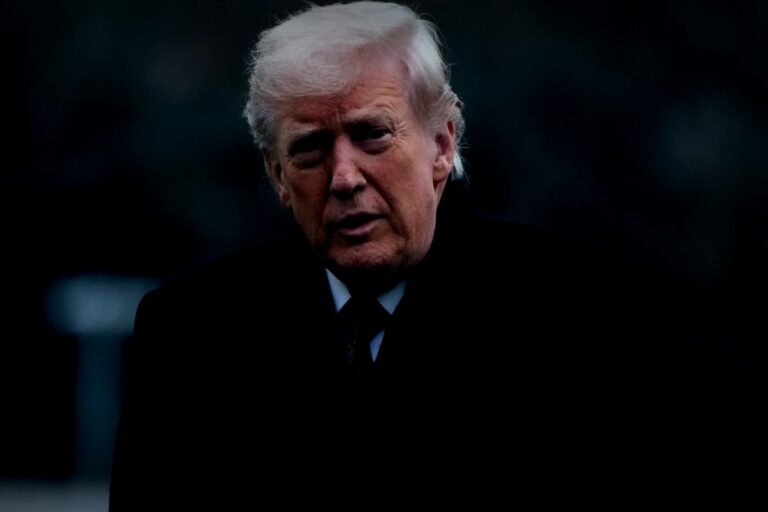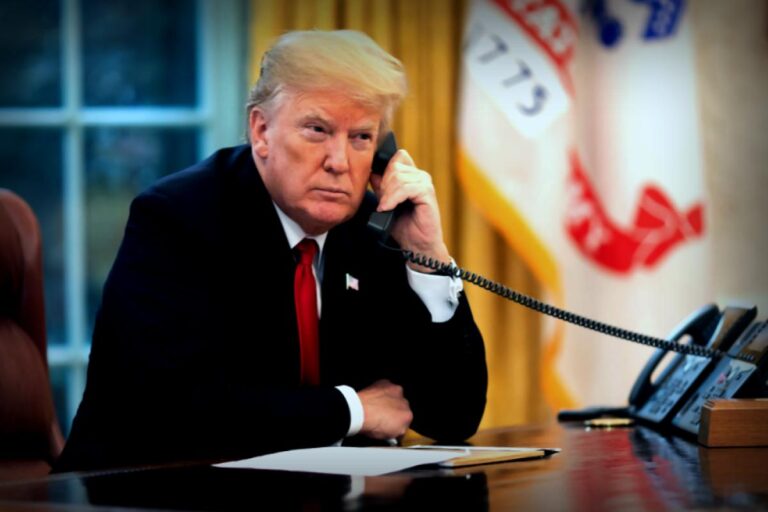In Ukraine, the Zaporizhzhia nuclear power plant, which is sadly under Russian control, has now spent five days relying on emergency generators—increasing worries among authorities and safety experts.
President Volodymyr Zelenskyy took the spotlight over the weekend to announce an eye-popping $90 billion arms deal with the United States. He also called out Hungary for executing “dangerous” drone missions focused on intelligence gathering around Ukraine.
The largest nuclear facility in Europe has been operating without external power for more than four continuous days, marking a concerning milestone for the six-reactor site, as pointed out by Greenpeace Ukraine.
After the plant’s final power line was damaged on Tuesday, emergency diesel generators have stepped in to provide essential power for cooling and safety systems, as reported by the U.N. nuclear watchdog. Even after meeting with Russian President Vladimir Putin on Thursday, International Atomic Energy Agency (IAEA) chief Rafael Grossi stated that power has yet to be restored.
Maintaining coolant for the reactor core and the spent nuclear fuel is critical to avoid overheating risks—the kind that led to the notorious Fukushima disaster in 2011. The U.N. atomic agency continues to highlight the danger of a potential radiation event symmetrical to the infamous Chernobyl disaster, located about 480 kilometers (or roughly 300 miles) away, where a catastrophic meltdown occurred in 1986.
Ukrainian officials back this alarm, with Energy Minister Svitlana Hrynchuk confirming to the Associated Press that the facility remains in “blackout mode,” an alarming deviation from proper operational status. This is now the 10th blackout episode since Russia embarked on its full-scale invasion in February 2022, caused by yet another shelling from Russian forces that hit the lone power line connecting the plant to Ukraine’s grid.

The Telegram channel run by Russian officials additionally stated on Saturday that they have enough diesel fuel on-site to sustain the generators for the foreseeable future.
Greenpeace Ukraine’s nuclear expert, Jan Vande Putte, expressed grave concern, noting that “emergency diesel generators are a last resort, usually only deployed in dire situations.” He underscored the current developments as “perhaps the most critical events since Russia’s occupation of the ZNPP commenced in March 2022.”
Russian Attempts to Restart a Reactor?
Vande Putte accused Russia of deliberate actions that led to the plant being cut off from Ukraine’s external grid. He cautioned that these maneuvers could help Rosatom, Russia’s state nuclear firm, push an agenda to connect to the illegally seized grids in the Zaporizhia and Donetsk regions with the aim to potentially restart a reactor.
Recent satellite images reviewed by Greenpeace Ukraine imply that Russia could be preparing to ignite at least one nuclear reactor despite the perilous conditions of warfare. According to their findings, Russian teams are laying out around 125 miles (201 kilometers) of power lines connecting occupied Melitopol and Mariupol, with work set to kick off in December 2024.
Additionally, Greenpeace’s analysis reveals that a new water supply system for the cooling pond has been constructed while an essential 750-kilovolt power line linked to Ukraine’s grid was deliberately damaged.
It’s important to note that the Associated Press was unable to independently verify Greenpeace Ukraine’s claims so far.
Since Russia took over in 2022, the plant has remained precariously managed. Its six reactors, filled with uranium, have temporarily halted nuclear reactions. However, without external electricity, essential cooling processes are compromised, leading the plant to increasingly depend on on-site diesel power. Fortunately, Zaporizhzhia city, positioned about 440 kilometers (or 275 miles) southeast of Kyiv, remains under Ukrainian control, albeit the front lines have brought sporadic attacks perilously close to the plant. The IAEA continues to deploy staff to maintain safety assessments and offer their expertise at the site.
Zelenskyy Reveals Arms Deal Amid Regional Strains
During a press event in Kyiv, Zelenskyy elaborated on what he d a “mega deal” regarding armaments obtained from the United States, envisioning discussions on aspects of the agreement to commence by late September. Alongside the multimillion-dollar arms package is an additional contract focusing on purchasing drones manufactured in Ukraine, directly funded by the U.S.
Having managed preliminary discussions with the President, Zelenskyy represented optimism, stating that fundamental measures were in place and practical implementations were underway. He highlighted that detailed military specifications had been shared with the U.S., covering requests for advanced long-range weaponry.
Adding to the tension, Zelenskyy took a stance against the activities of Hungarian drones over Ukraine, mentioning that Ukrainian intelligence had tracked the flights of at least one drone, deemed hazardous conduct—”for themselves above all,” as he said.
The Ukrainian President alluded to photographic evidence and electronic data documenting the drone’s movements while falling short of divulging specifics about what exactly Hungarian intelligence was pursuing in Ukrainian territory.
In response, Hungarian Foreign Minister Peter Szijjarto took to Facebook, asserting that Zelenskyy had “lost his mind” and was suffering from delusions.
Hungary, governed by Prime Minister Viktor Orbán, maintains a unique relationship with Russia, often voicing critique against military support directed toward Ukraine.
Finally, Zelenskyy unveiled that an Israeli Patriot air defense system has already been operational in Ukraine for a month, with plans for two additional systems to arrive this fall. “The Israeli (Patriot) system has been functional in Ukraine for the last month,” he confirmed, opting against addressing further details concerning air defense arrangements. Israel’s Defense Ministry offered no comment on the matter.




















